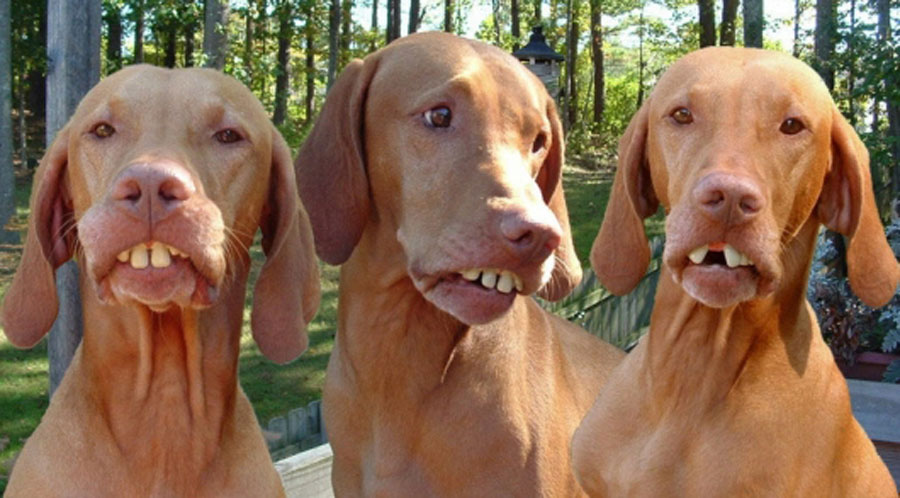Dental disease is the most common infectious disease in adult dogs. In fact, dental disease affects more than 87% of dogs and 70% of cats aged three years and above. Indeed, this is why pet dental health is so important.
In fact, the American Veterinary Medical Association recommends owners have their pets’ teeth checked by a vet at least once a year. This helps to identify early signs of dental disease or tooth decay.
As pet professionals, you can help promote the importance of pet dental health and regularly checking pets’ teeth and breath to avoid any nasty issues.
Without a doubt, you can remind owners to take their pets to the vet annually for a check-up. However, in between the check-up, you can encourage them to be on the look out for any signs of poor pet dental health. This includes:
- Bad breath
- Damaged or loose teeth
- Discoloured teeth (brown or yellow)
- Unusual chewing action
- Trouble eating or reduced appetite
- Bleeding from the teeth or mouth
- Swelling around the mouth
Remind owners that, just like in humans, dental issues can be painful for animals. If an owner notices their fur pal starts to act strangely, is aggressive or seems reserved – it may well be a sign of a pet dental health problem.

Image source: Camylla Battani on Unsplash
Prevent pet dental health problems
We all know prevention is the best cure. Suggest owners make it part of their daily or weekly routine (and part of their duty as a responsible pet parent) to check their dog or cat’s teeth.
Make sure your clients are aware of the steps required to take good care of their fur baby’s teeth and mouth. Here are a few preventative measures you can discuss to help promote positive pet dental health.
- Suggest to clients they encourage their cat or dog to enjoy (or at least accept) having his or her teeth brushed from a young age
- Help them to clue up on the signs of a pet dental health problem (inflamed gums, stinky breath, stained teeth)
- Highlight the importance of feeding their pet a good diet that consists of raw and natural foods, including raw bones to help remove plaque build up from its teeth
- Ensure they take their pet for a regular vet check-up (that includes a teeth check)
Of course, while it’s recommended that pets have their teeth brushed daily, actually brushing a cat or dog’s teeth is easier said than done! Thankfully, there are a few tricks you can offer up to help get pet owners around this.
For example, there are dental health solutions available that can simply be added to a pet’s water bowl. The formula is usually designed to get rid of tartar-producing bacteria and freshen breath.
What’s more, a dental chew (such as Greenies Dental Treats) can help owners keep their fur baby’s teeth clean in between brushing. Their chewy texture helps to scrape plaque off the teeth and keep gums clean and healthy.
If you’re a veterinarian or you own a pet store, why not make a display especially to promote Pet Dental Health Month. You can showcase some of the products that can help keep pets’ teeth in check and even offer a few tips of your own. You might even like to offer a demonstration!
Most pets have dental health issues by the time they are 5 years old. Unfortunately, if left untreated, this will worsen as the animal ages. This is precisely why preventative measures are so important.
Feature image sourced from PicShag
Latest posts by Liz Walden (see all)
- Pet health: Medicinal cannabis for pets - December 27, 2021
- What pet business insurance do I need? - November 17, 2021
- Pet sitters: how to take time off - November 15, 2021










Leave A Comment